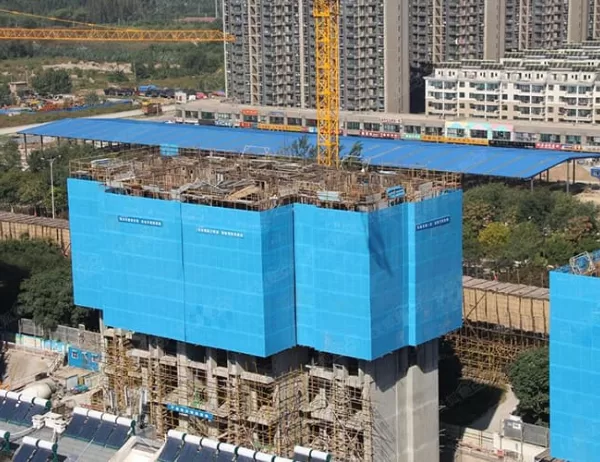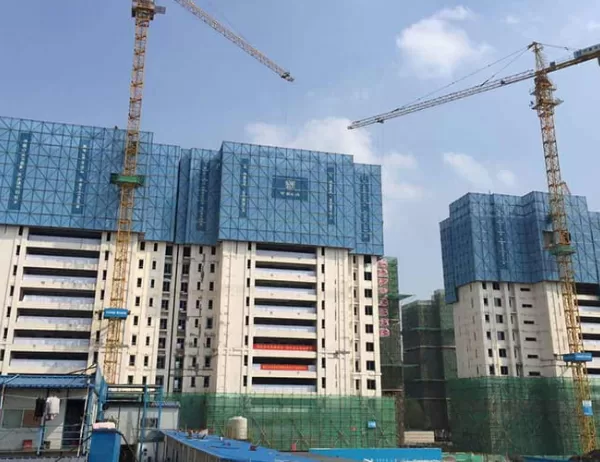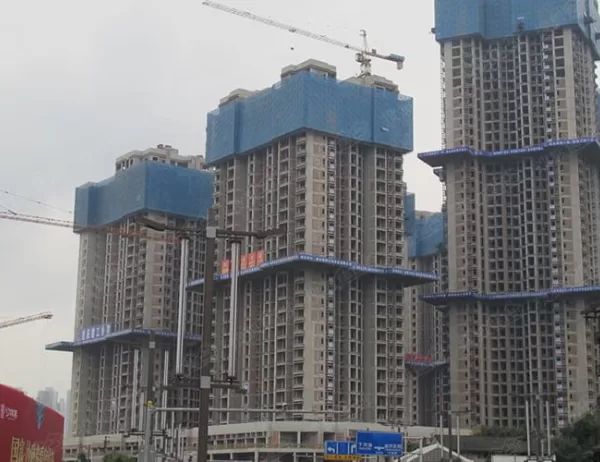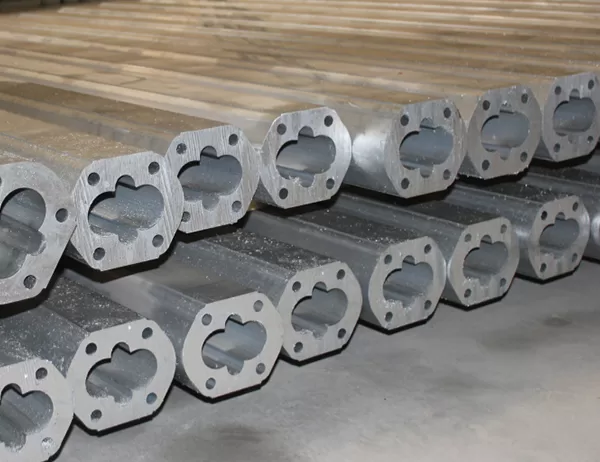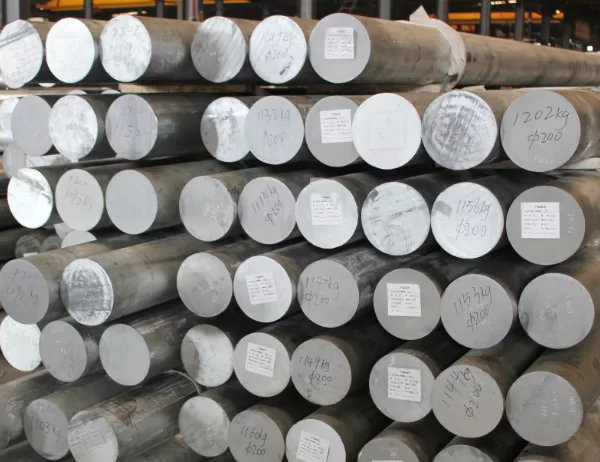Introduction
Industrial aluminum profiles offer a unique combination of strength, versatility, and cost-effectiveness, making them ideal for a wide range of applications. However, to fully harness their potential, it is crucial to follow best practices in design and implementation. This article aims to provide a comprehensive overview of the key principles and considerations involved in designing with industrial aluminum profiles, empowering you to create efficient and durable solutions.
Material Selection and Specification
Alloy Choice: Select the appropriate alloy based on the desired strength, corrosion resistance, and surface finish.
Tempering: Specify the temper of the aluminum profile to achieve the desired combination of strength and formability.
Extrusion Tolerance: Establish acceptable tolerances for profile dimensions to ensure proper fit and performance.
Profile Design and Geometry
Structural Integrity: Design profiles with adequate cross-sectional area and thickness to withstand the anticipated loads.
Joint Design: Utilize appropriate joint designs, such as interlocking or mechanical fasteners, to ensure stability and load transfer.
Corner and Edge Treatment: Consider rounding corners and edges to reduce stress concentrations and improve durability.
Manufacturing Considerations
Extrusion Process: Optimize the extrusion process parameters to ensure accurate dimensions, surface quality, and mechanical properties.
Machining and Fabrication: Plan for precise machining and fabrication operations to maintain profile integrity and minimize material waste.
Assembly and Installation: Establish proper assembly and installation procedures to prevent damage and ensure optimal performance.
Corrosion Resistance and Surface Treatment
Protective Coatings: Apply protective coatings, such as anodization or powder coating, to enhance corrosion resistance and extend the lifespan of the profiles.
Environmental Factors: Consider the corrosive environments in which the profiles will be used and select appropriate coatings accordingly.
Regular Maintenance: Implement regular maintenance plans to clean and inspect the profiles, maintaining their aesthetics and integrity.
Safety and Regulatory Compliance
Structural Calculations: Perform detailed structural calculations to ensure the profiles meet applicable building codes and safety standards.
Fire Resistance: Consider the fire resistance requirements for the application and utilize profiles with appropriate fire ratings if necessary.
Environmental Impact: Adhere to industry regulations and standards for the use and disposal of aluminum profiles, minimizing environmental impact.
By adhering to these best practices, designers and engineers can create innovative and reliable solutions using industrial aluminum profiles. From material selection to manufacturing and installation, a systematic approach ensures optimal performance, durability, and cost-effectiveness.
